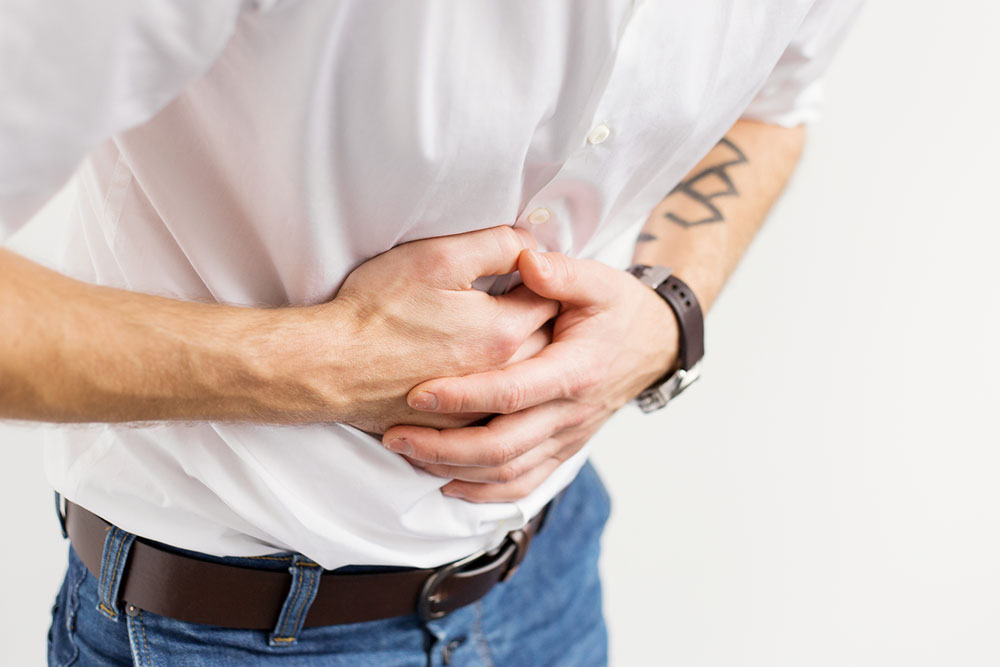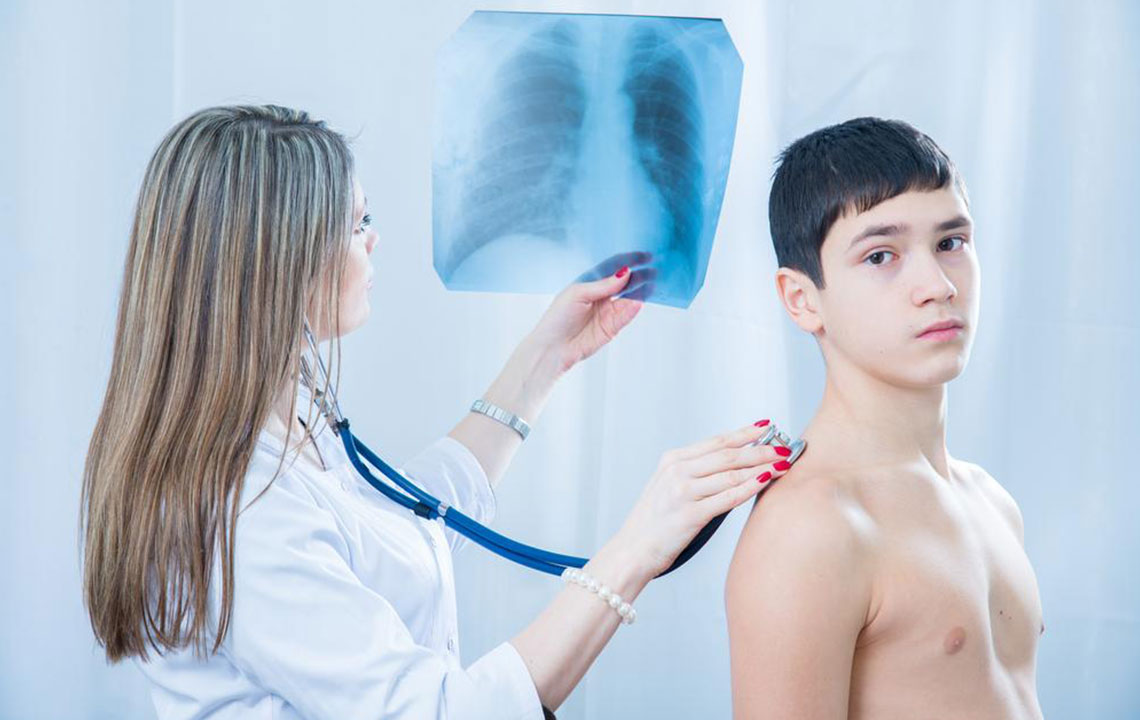A Comprehensive Guide to Hemorrhoids: Causes, Symptoms, and Best Treatment Strategies
This comprehensive guide delves into hemorrhoids, exploring their causes, symptoms, and the most effective treatment methods. Learn how lifestyle changes, dietary strategies, and medical procedures can help manage and prevent hemorrhoids, ensuring improved comfort and health.

An In-Depth Look at Hemorrhoids: Causes, Symptoms, and Effective Management
Hemorrhoids, commonly referred to as piles, are a prevalent medical condition that affects a significant portion of the population worldwide. An estimated 75% of individuals will experience hemorrhoids at some point in their lives, making it a common health concern across all age groups. Although hemorrhoids are not life-threatening, their symptoms—such as persistent discomfort, itching, swelling, and bleeding—can significantly impair one’s quality of life. Understanding the underlying causes, recognizing early symptoms, and knowing about effective treatments are crucial steps toward managing this condition effectively.
Hemorrhoids involve swollen veins in the rectal and anal regions. These swollen veins can be located internally within the rectum or externally around the anus. The development of hemorrhoids is often linked to increased pressure on the blood vessels in this area, which causes them to enlarge and become inflamed. Factors contributing to this pressure include excessive straining during bowel movements, prolonged sitting on the toilet, chronic constipation, diarrhea, obesity, pregnancy, and a diet lacking in fiber. Additionally, lifestyle habits such as poor hydration and lack of physical activity can exacerbate the condition.
Several underlying factors weaken the anal veins over time. Age-related degeneration, where tissues lose elasticity, is a prominent factor that predisposes individuals to develop hemorrhoids. Pregnancy causes increased pressure in the pelvic region due to the enlarging uterus, which can also contribute to vein swelling. Other causes include repeated straining during bowel movements, which increases intra-abdominal pressure, and habits such as sitting for long periods, which impair blood circulation in the anorectal area. The use of anal intercourse and low-fiber, processed diets further increase the risk, especially if they lead to constipation or diarrhea.
Recognizing the symptoms of hemorrhoids early is vital for effective management. Common manifestations include a sensation of fullness or a lump around the anus, itching, burning, pain during bowel movements, and bleeding—often noticeable as bright red blood on toilet paper or in the toilet bowl. Some individuals may notice pain and swelling that worsen with sitting or physical activity. In some cases, hemorrhoids may prolapse, or protrude outside the anal canal, causing additional discomfort and sometimes leading to thrombosis (clot formation) within the hemorrhoid itself.
Fortunately, most hemorrhoids are manageable with conservative measures that ease symptoms and promote healing. For mild symptoms, simple lifestyle modifications can be remarkably effective. Warm sitz baths, which involve soaking the anal area in warm water for 10-15 minutes, help reduce swelling and alleviate pain. Applying topical treatments such as coconut oil or aloe vera can soothe irritated skin, diminish inflammation, and promote tissue healing. Cold packs or ice cubes wrapped in a cloth can be used to instantly reduce swelling and numb pain.
Dietary modifications play a key role in prevention and treatment. Increasing fiber intake through fruits, vegetables, whole grains, and legumes softens stool, making bowel movements easier and reducing straining. Staying adequately hydrated by drinking plenty of water (at least 8 glasses daily) is also crucial. Regular physical activity, such as walking or swimming, improves blood circulation and helps prevent constipation. Maintaining a healthy weight reduces strain on the rectal veins, decreasing the likelihood of hemorrhoid formation.
In cases where symptoms persist or worsen, over-the-counter medications like topical anesthetics or corticosteroid creams can provide additional relief. Severe hemorrhoids that bleed excessively, prolapse, or develop clots may require medical interventions. Procedures such as rubber band ligation, sclerotherapy, infrared coagulation, or surgical removal (hemorrhoidectomy) are performed under professional care. Consulting a healthcare provider ensures an accurate diagnosis and appropriate treatment plan tailored to the severity of the condition.
Prevention strategies are equally important. Maintaining good hygiene, avoiding prolonged sitting, and managing bowel habits diligently can prevent future episodes. Incorporating fiber-rich foods into daily meals, limiting processed foods and alcohol, and practicing good hydration are simple yet effective ways to protect rectal health. For expectant mothers or individuals with chronic health issues, regular medical checkups help manage and mitigate risk factors.
In conclusion, hemorrhoids are a common yet manageable health concern. Understanding their causes, recognizing symptoms early, and adopting effective treatment and prevention strategies can significantly improve comfort and health. If symptoms persist or worsen despite lifestyle adjustments, seeking medical advice is essential to explore advanced treatment options and prevent complications. With proper care, most individuals can find relief from hemorrhoid symptoms and lead healthier, more comfortable lives.





